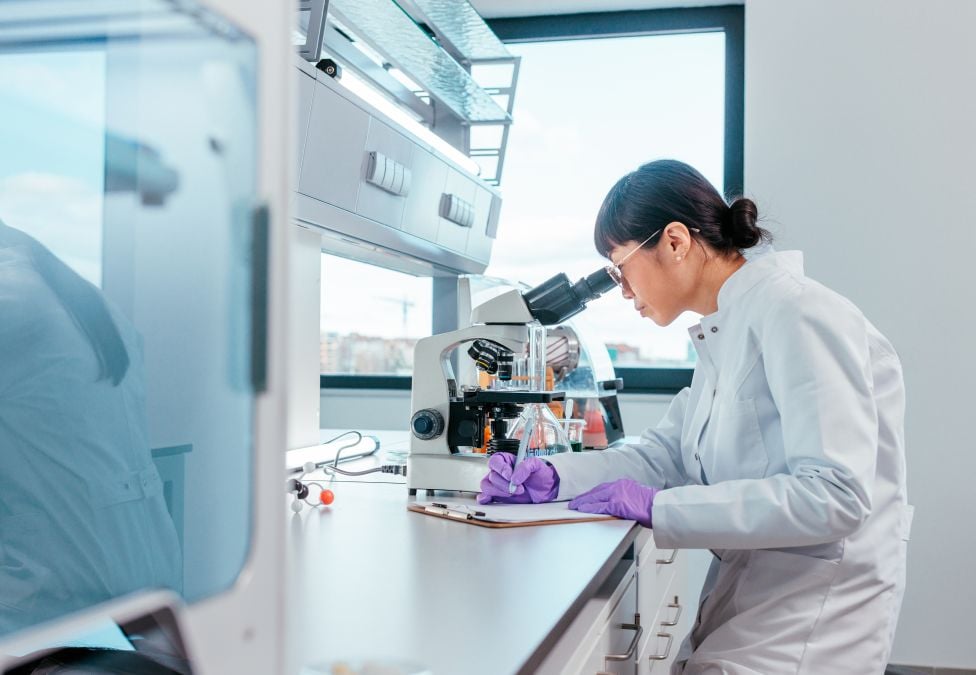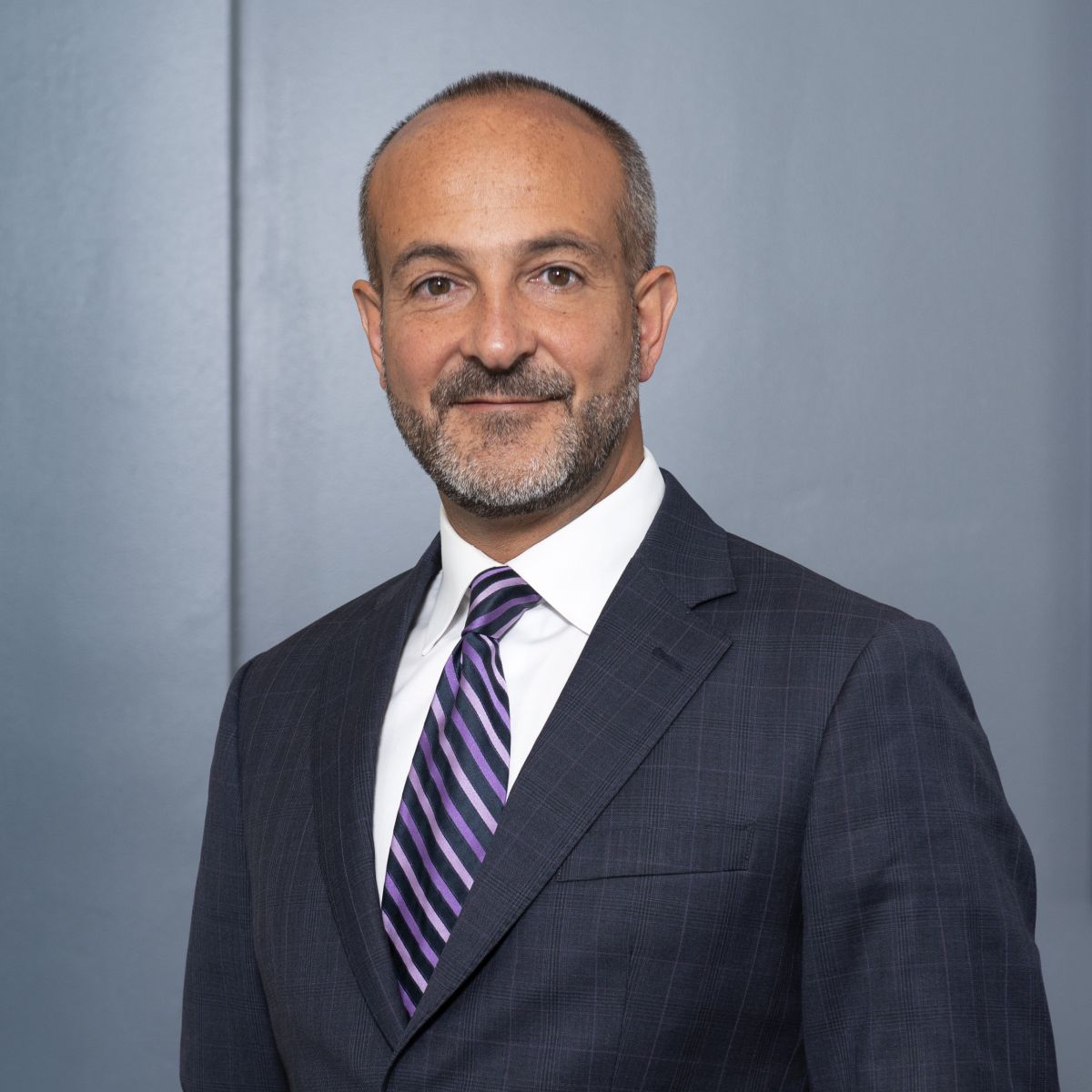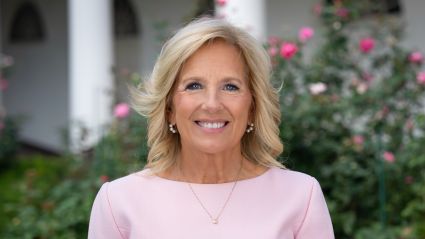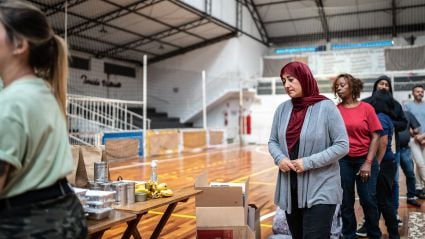
In every conversation about health equity, the same phrase eventually surfaces: We need to meet people where they are. But what if we went further—and built systems that start where people are?
That question has guided my work across food access, technology, and community health. Over time, I’ve come to believe that the most powerful innovation in health isn’t a new pill, app, or policy. It’s partnership itself—the ability to align logistics, data, and dignity across sectors that rarely share a common language.
When we talk about innovation, we tend to picture breakthrough products. But the breakthroughs that transform communities are almost always structural. They happen when a hospital shares anonymized patient data with a local food supplier to identify diet-related risk zones, when a tech company develops a logistics platform that allows a nonprofit to map delivery routes in real time, or when a grocer collaborates with a community-based organization to accept health plan benefits for fresh produce. Together, these ideas form the backbone of a healthier society.
True partnership creates infrastructure—bridges between sectors that were never designed to work together. The traditional health-care system treats disease after the fact. The charitable food system fills gaps left by policy. Technology often scales convenience, not equity. But when these systems converge, something extraordinary happens: Access becomes architecture.
In a recent pilot, a health provider partnered with our logistics platform to deliver fresh produce to patients managing hypertension and diabetes. The platform didn’t just track boxes; it created feedback loops—real-time delivery verification, dietary data, and community-level insights on what neighborhoods were consistently underserved. In effect, the trucks became moving health interventions.
That’s the quiet power of partnership done right: It transforms operations into outcomes. The patient doesn’t see an innovation; they just see healthy food arriving on time. But underneath, multiple systems are syncing to achieve what no single sector could.
Partnership is not simply a logistical tool; it’s an ethical commitment.
Health is more than a biometric reading. It’s the experience of being seen and served with dignity. For decades, communities experiencing food insecurity have had to trade choice for charity—receiving what’s available, not what’s needed. Partnerships that embed dignity into design are rewriting that narrative.
When health systems integrate social care with respect for agency—offering produce prescriptions that allow participants to select their own culturally relevant foods—they move from charity to empowerment. That psychological shift, from being helped to having options, is measurable: higher adherence, lower hospital readmissions, and improved self-reported well-being.
In this light, partnership is not simply a logistical tool; it’s an ethical commitment. It says: We are willing to share power, not just resources.
There are lessons here for more than just health care:
- For technology: Innovation must be judged not only by speed or scale but also by inclusion. If data can optimize delivery routes, they can also map inequities.
- For philanthropy: Impact must evolve from funding programs to funding systems—the connective tissue that keeps programs working together.
- For government: Policy should not merely authorize pilots but institutionalize what works, ensuring that community-based solutions are built into public infrastructure.
- For business: Profit and public good need not be at odds; equitable partnerships expand markets by stabilizing the very communities on which economies depend.
The throughline across these sectors is discipline. Collaboration is easy to announce and difficult to maintain. It requires clear communication, defined metrics, and, above all, patience. But if we view partnership as a long-term investment, the returns are exponential.
The future of health depends on what happens in the last mile—the distance between intention and impact. That’s where partnerships either falter or flourish. The challenge is not creating more programs; it’s connecting the ones that already exist.
Imagine a national network where health plans, local farmers, and logistics platforms share data securely to predict nutritional needs ahead of time. Imagine clinicians prescribing produce that arrives via coordinated delivery systems within 48 hours. Imagine public benefits, insurance, and private philanthropy braided into a single seamless pipeline.
This is not a fantasy. The technology exists. The funding exists. What’s missing is alignment—the will to operationalize compassion through coordination.
If we want better health outcomes, we must stop treating partnership as an accessory to innovation and start treating it as the innovation itself. The most transformative ideas are not those that add another layer of complexity, but those that make it possible for existing systems to see—and serve—each other.
Health equity will not arrive by accident. It will be built, route by route, dataset by dataset, relationship by relationship.
Because at the end of the day, the real cure isn’t just medicine. It’s connection.






















